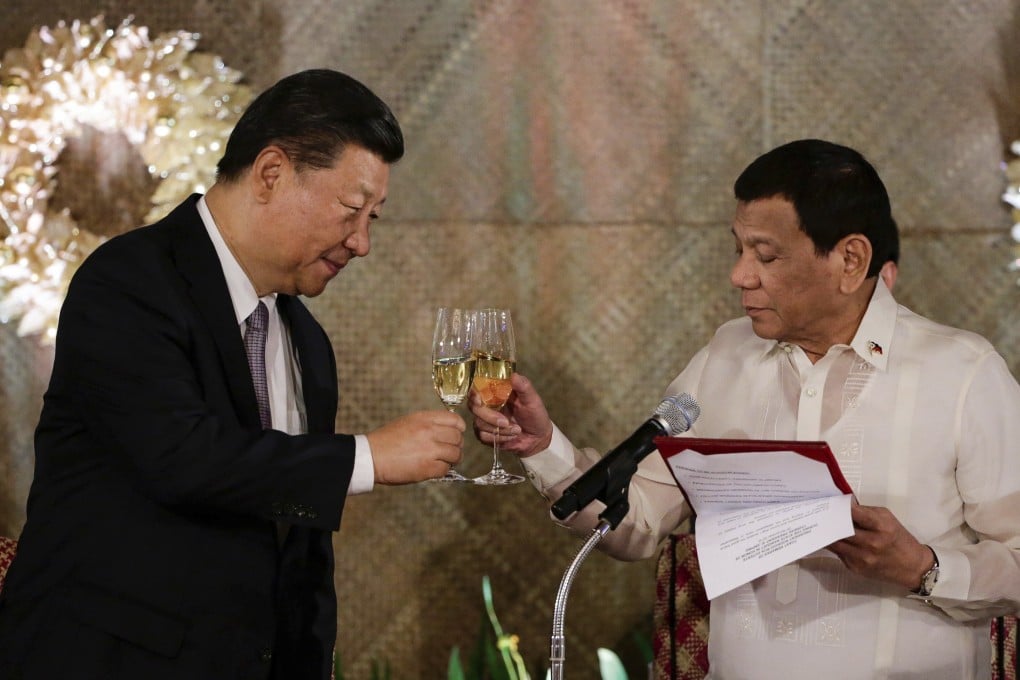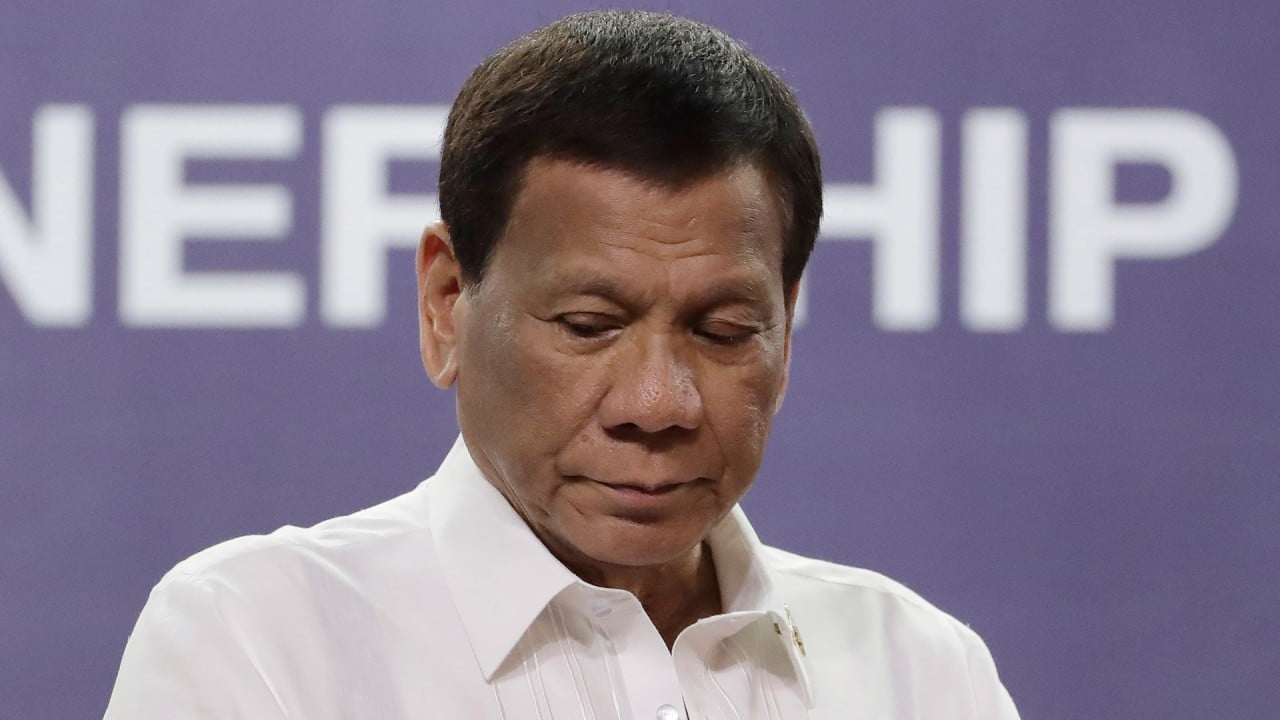Opinion | Southeast Asia’s complex dance with China, US explored in new book
- David Shambaugh’s ‘Where Great Powers Meet’ offers a nuanced look at Asean states’ diplomatic manoeuvres amid the US-China rivalry, Bilahari Kausikan says in this book review
- In a country-by-country analysis, Shambaugh shows how Southeast Asian relations with Washington have in most cases expanded, even as Beijing’s footprint has grown

Significant influence is not necessarily dominant or exclusive influence. No Southeast Asian country is ever going to shun China. On the contrary, almost all countries want good or at least stable relations with China. But concerns about Chinese behaviour make it highly unlikely that any are ever going to de-emphasise other relationships in order to cultivate China.
As the strategic crossroads between the Pacific and Indian Oceans, Southeast Asia has for centuries been the arena where the interests of major powers have intersected and sometimes collided. The United States and China are only the latest in a long list of rivals.
This has embedded the instinct to simultaneously hedge, balance, and bandwagon in Southeast Asia’s diplomatic DNA. There has been many a misstep and stumble along the way. But the natural multipolarity of a strategic crossroads, where there has always been more than one major power present, has facilitated this instinct.
Few Southeast Asian countries have thought it necessary – or needed – to neatly align all their interests across the defence, economic, and sociocultural domains with any single major power. To preserve autonomy and extract maximum benefit, Southeast Asian countries may bandwagon in one domain, hedge in another, and balance in a third.

02:19
Philippine President Duterte admits being at a loss getting Beijing to honour South China Sea ruling
Southeast Asian diplomacy is naturally promiscuous, not monogamous. The steps of the region’s diplomatic dance are intricate, often intended for a domestic as well as international audience.

